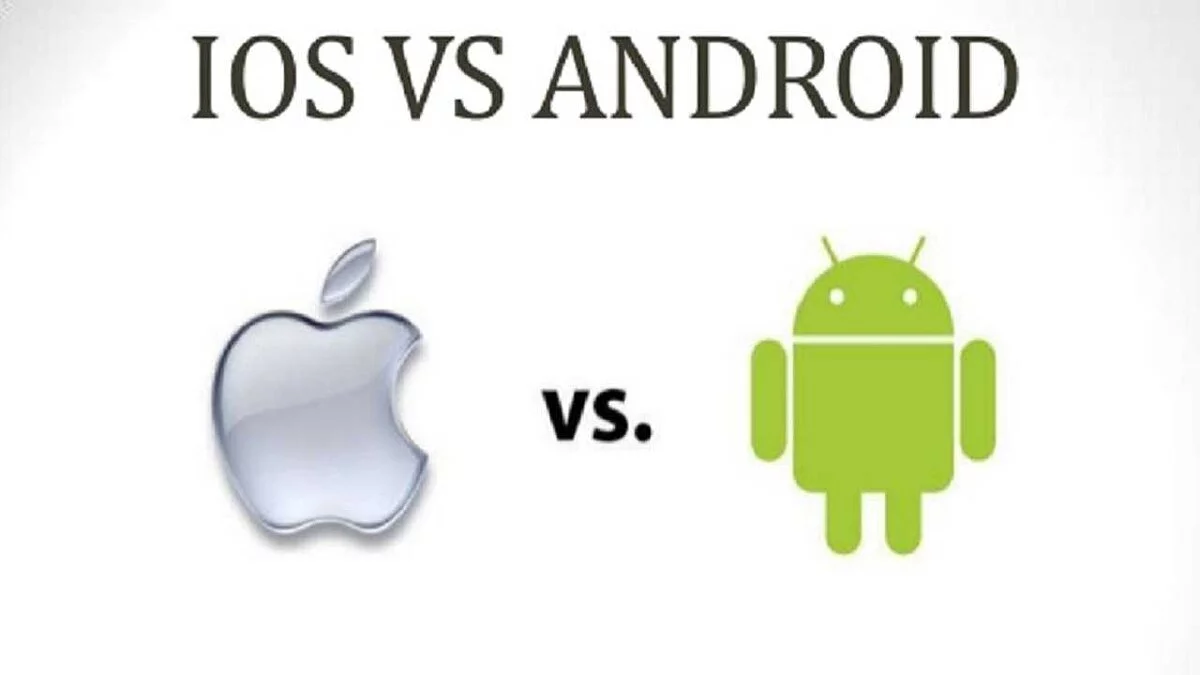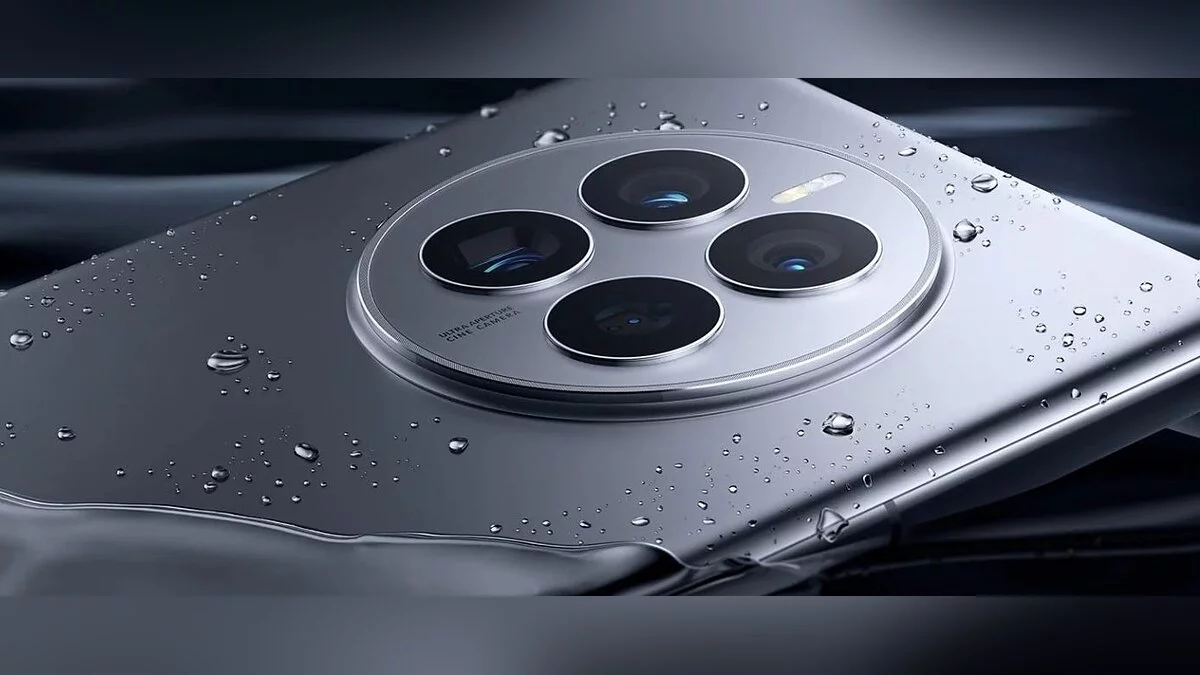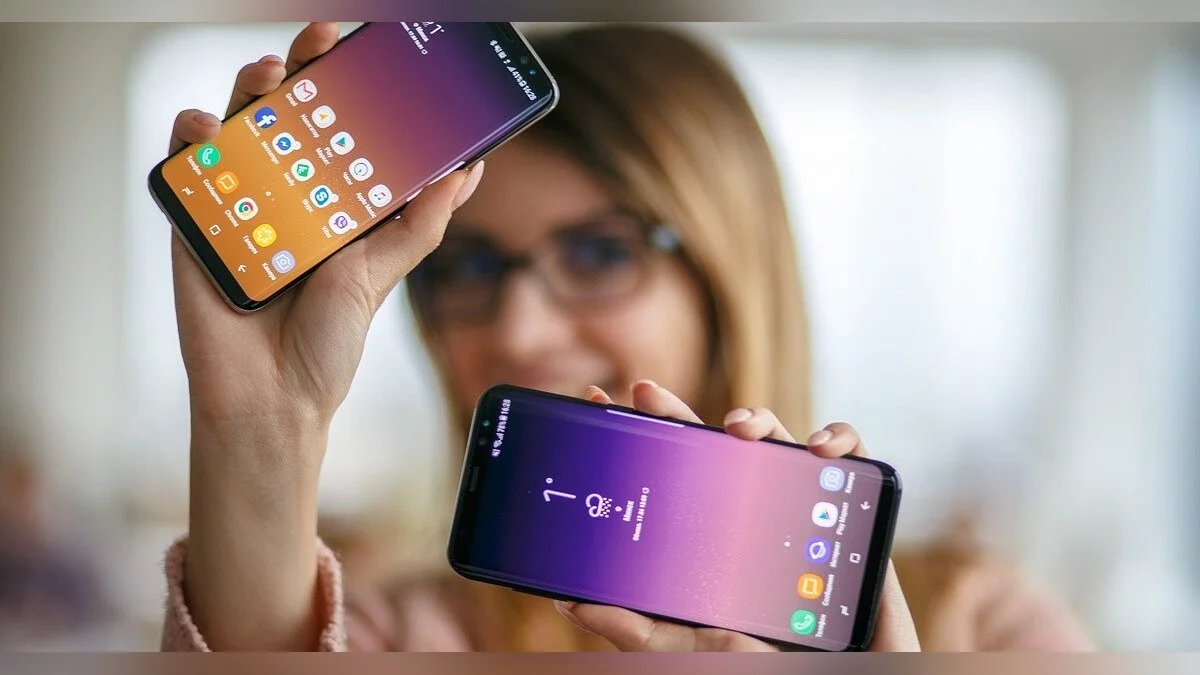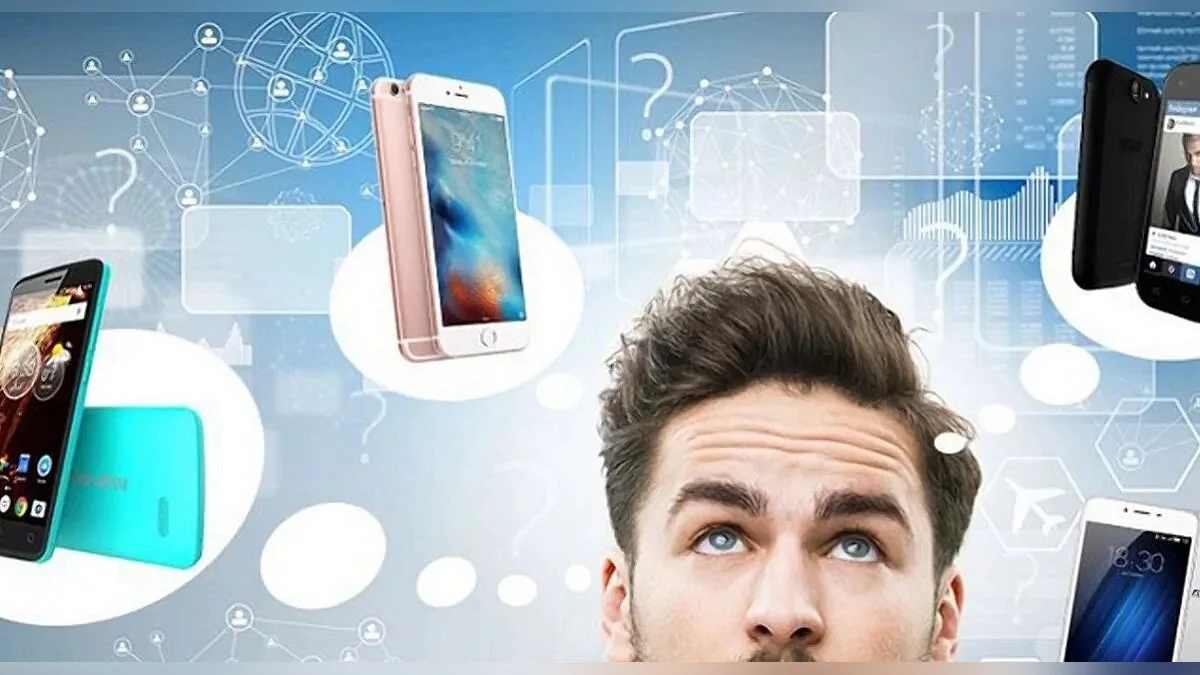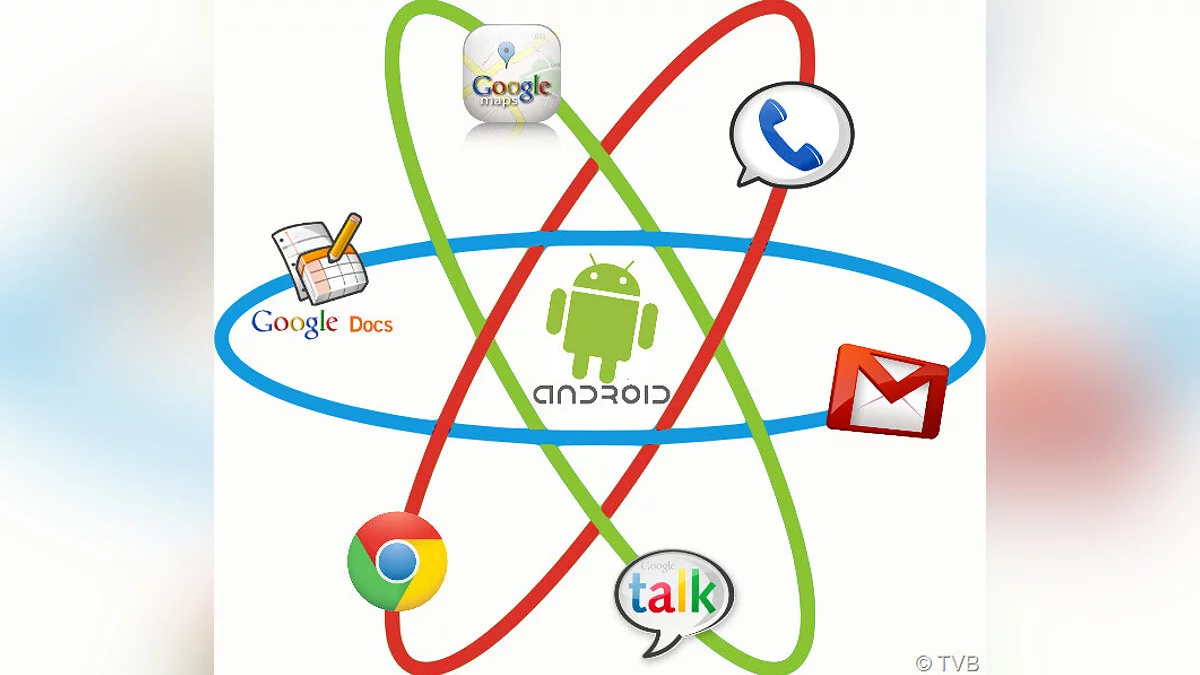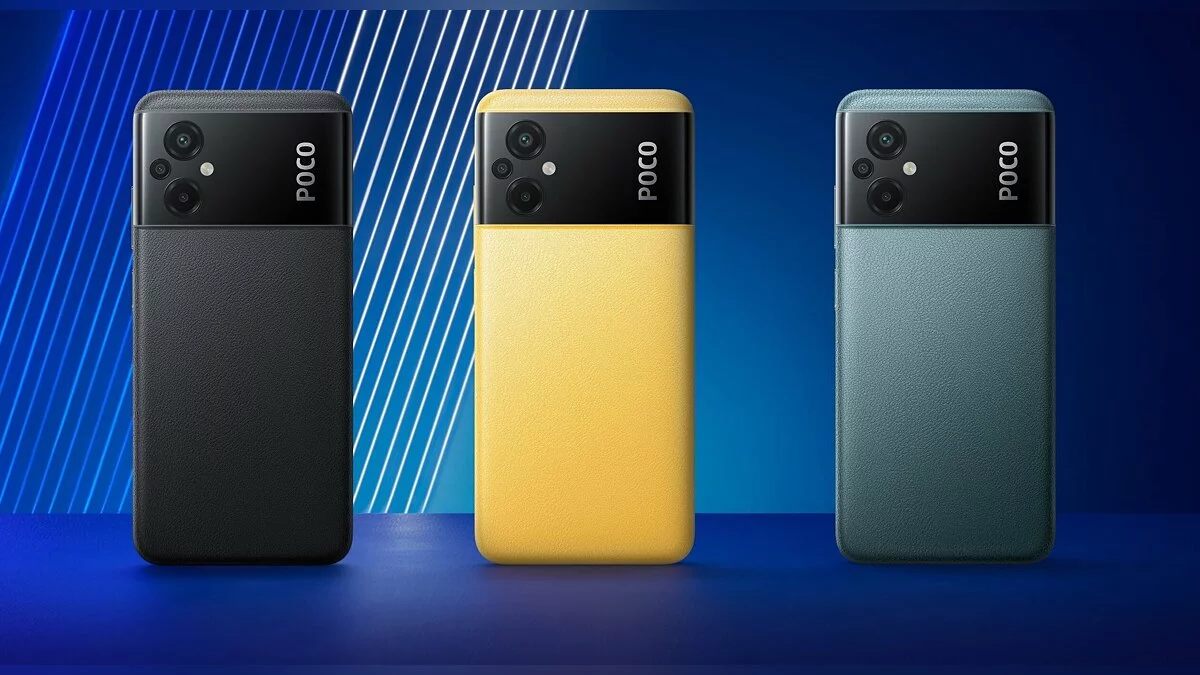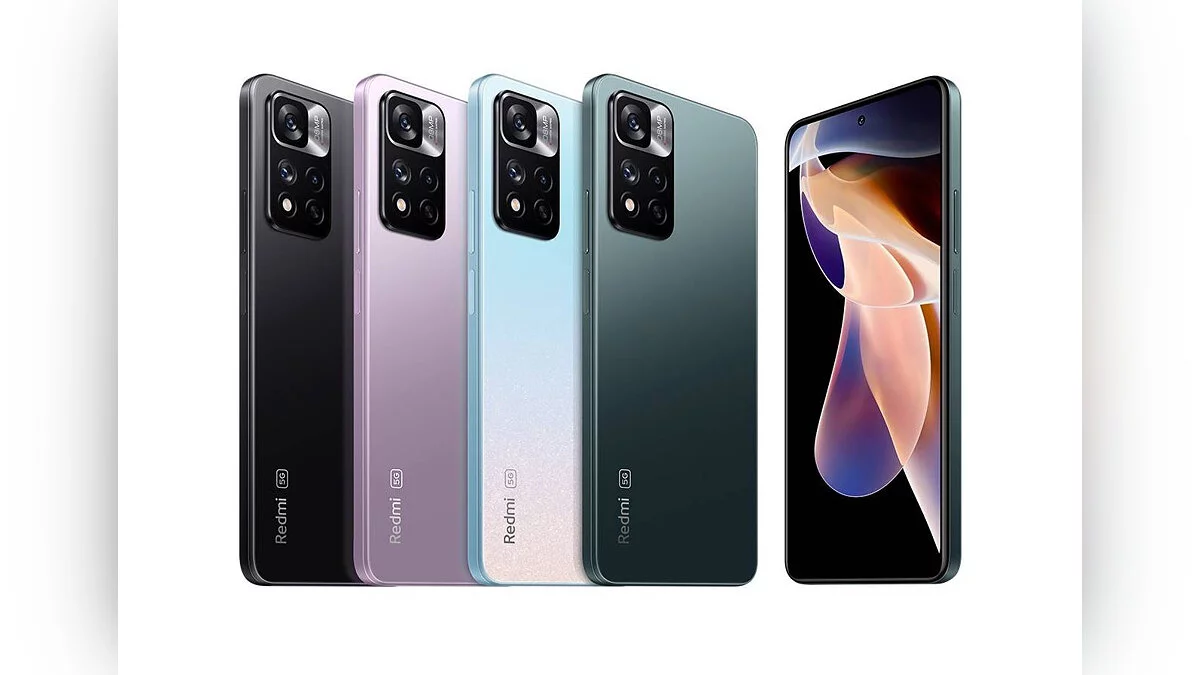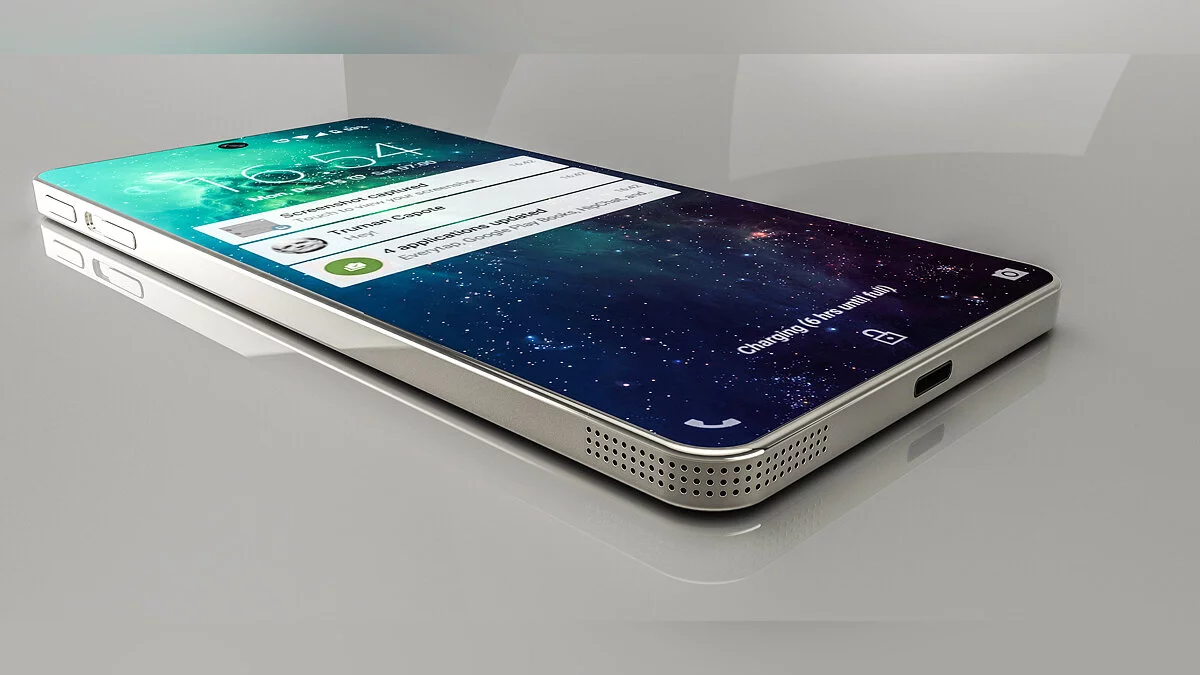How to Choose a Smartphone?
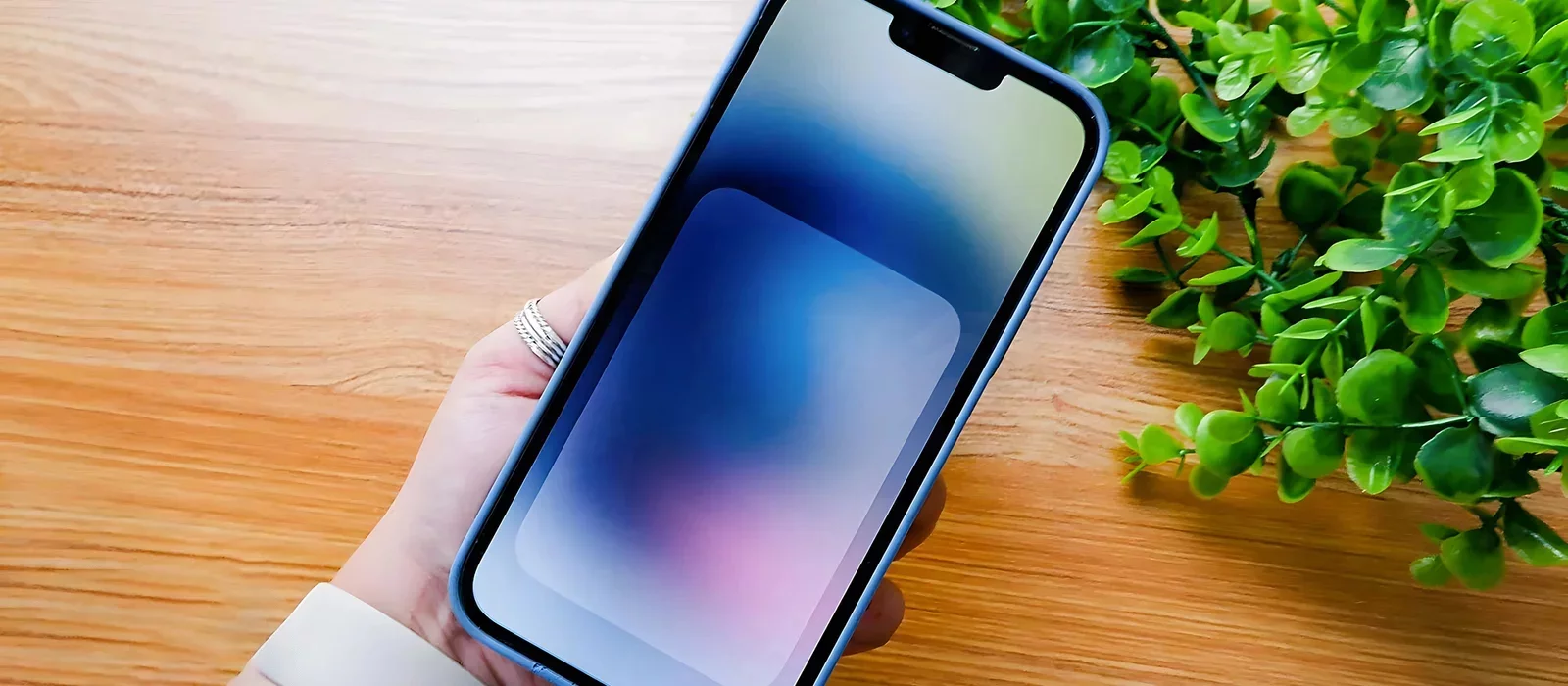
In today's world, technology is advancing at an incredible pace, and the mobile device market is no exception. Every year, manufacturers release new smartphone models that promise to be even faster, more powerful, and more functional. In this guide, we will tell you how to properly choose a smartphone, what criteria to pay attention to, and also consider which smartphone to choose in 2024 among different price categories.
Operating System
When choosing a smartphone, it's important to decide on your preferences regarding the operating system. Android and iOS are the two main operating systems, each with its unique features. iOS is the best operating system in terms of ease of use, while Android is the best if you are looking for more customization options and a variety of smartphone purchase options.
iOS offers a simple and minimalist interface, fast and timely updates, and the best integration with other Apple devices, such as Mac, Apple Watch, and iPad. iOS devices also tend to support major software updates for six years, which is much better than what most Android manufacturers offer.
However, from the very first day, you will be limited in the appearance of the operating system. Even with the addition of widgets and custom icons to iOS, the customization capabilities of iOS still significantly lag behind Android. First and foremost, users are limited in hardware choice: iOS is available only on iPhone, which means that at any given time you can only choose from what Apple offers.
When it comes to Android, things get much more interesting. With Android, you can choose from a wide range of devices across a more extensive price range. This means you can find a device that fits your needs without having to spend extra money on something that doesn't suit your use case.
Android also allows you to customize your device more thoroughly — this has become especially relevant since the introduction of a new design concept in Android 12. Moreover, Google's operating system lets you change everything from icons to the system's color palette, as well as choose from a multitude of widgets that have their own level of customizability. The possibilities for changing your phone are almost limitless.
Specifications
The technical specifications of a smartphone encompass a variety of parameters that determine its performance and functionality. Here are some of them:
- Processor: Determines the speed of the smartphone and its energy efficiency. The number of cores and the processor's clock speed affect the device's performance.
- RAM: Responsible for the speed of applications and multitasking. The more RAM, the faster applications will launch and run.
- Internal Storage: Determines the amount of data that can be stored on the smartphone. Storage options include eMMC, UFS 2.x, and UFS 3.x.
- Display: Important for image quality and user comfort. Brightness, clarity, frame refresh rate, and display size affect how information is perceived by the user.
- Battery Capacity: Determines how long the smartphone can operate without recharging. Powerful batteries are necessary for prolonged use of the device.
- Cameras: Important for photography and video recording enthusiasts. The number of camera modules and their resolution affect the quality of photos and videos.
- Protection Standard: Determine their resistance to external influences, such as moisture and dust. They are classified by the IP standard, where the first digit indicates protection against dust, and the second — against moisture. The higher the numbers, the more effective the protection.
Thus, the technical specifications of a smartphone play a key role in determining its performance and functionality. Users should choose a device taking into account their needs and preferences, based on the above parameters.
Design and Build
The appearance and tactile feel of a device play a significant role in a consumer's purchasing decision, and for some, the choice of the right device may depend solely on design. However, relying only on the appearance when buying a smartphone is unwise. It is important to consider other factors, such as technical specifications and functional capabilities. The right choice of device implies finding a balance between form and functionality.
Today, many smartphones possess outstanding design features that become their hallmark. This could be, for example, a prominent camera bump, like on the OnePlus 11, exclusive colors or finishes, or the placement of a foldable display, as in the Galaxy Z line from Samsung.
When evaluating a phone's design, it's important to consider not just its appearance but also how comfortable it is to hold. The materials used to manufacture the device should also be taken into account. Most modern high-end smartphones are equipped with tempered glass in a metal frame, which feels pleasant to the touch. However, glass can easily break upon impact and is quite slippery. Plastic, on the other hand, may look and feel less premium but is more durable and cost-effective.
Before making a purchase decision, it's recommended to personally explore the devices you're considering. This will allow you to assess the variety of color options, see how they look in real life, and determine which device best suits your lifestyle.
Functionality and Features
Modern smartphones offer a variety of functional features, such as 5G network support, wireless charging, fingerprint or facial scanners, styluses for input, as well as various touch and gesture control interfaces. When choosing a smartphone, users should consider their needs and preferences to find a device that meets their requirements.
Battery Performance and Charging
Battery life and fast charging are important aspects for many users. A smartphone with a powerful battery and fast charging feature will help avoid problems associated with frequent charging of the device.
If you use an iPhone, you may encounter the issue of limited battery life. You'll constantly need to look for an outlet, laptop, or charger to keep your phone running.
When choosing a new phone, pay attention to the battery capacity. Opt for models with a capacity of at least 5000 mAh. Today, smartphone manufacturers are installing batteries with increased capacity in their devices. Standard batteries for smartphones start at a capacity of about 2000 mAh, with the maximum exceeding 10000 mAh.
Reviews and Ratings
Exploring reviews from other users and professional reviews can help gain a more objective understanding of the quality and performance of specific smartphone models. This can help avoid disappointments and make a more informed choice.
Ecosystem and Services
Some users prefer smartphones integrated into a specific ecosystem to access unique services and devices. When choosing a smartphone, consider its compatibility with other devices and services if it matters to you.
For instance, Google's ecosystem is significantly broader and more diverse than that of other technology companies. It includes Google Workspace tools, the YouTube media platform, Google Home smart home products, and more.
Budget
It's important to determine your budget for buying a smartphone. The market offers a variety of price categories, ranging from affordable models to premium segments. Readers should understand how much they are willing to invest in a new device. Let's consider some examples from different price categories.
How to Choose a Budget Smartphone Under $100
- Xiaomi POCO M5: Only the 4/64 GB version is available, which successfully competes with other models of inexpensive smartphones. It has a rather dim screen and only an Android 12 system;
- Xiaomi Redmi 12C (4/128 GB): An affordable smartphone — one of the most accessible on the market. The low cost affected its specifications, but they are still acceptable for its segment. The model has 128 GB of internal storage but retained the outdated microUSB port with slow charging;
- TECNO Pova Neo 3 (4/128 GB): The manufacturer paid special attention to marketing, equipping the smartphone with a powerful 7000 mAh battery and a large storage capacity for its segment. However, the phone has slow charging and a mediocre camera.
Smartphones Under $150
- Xiaomi Redmi Note 12 (6/128 GB): affordable yet good smartphone for its price. Features an AMOLED display with a 120 Hz refresh rate, dust and water resistance, and the Android 13 operating system. However, some models may lack NFC support for contactless payments;
- Vivo Y36: offers fast battery charging and an update to Android 14. However, it has a modest amount of RAM and lacks some features, such as a 120 Hz display;
- TECNO Pova 5: this smartphone stands out with its bright design, but even without it, impresses with its large 6000 mAh battery. However, this made the model bulky and heavy. Moreover, the other specifications are not particularly outstanding.
Smartphones Under $300
- Xiaomi POCO X6 Pro 5G: The smartphone comes with the pre-installed new HyperOS firmware based on Android 14, ensuring the longest possible update support. It features an excellent display, high performance, and a good main camera;
- TECNO Pova 6 Pro: The smartphone has a large memory capacity, fast charging, and decent performance. However, when compared to competitors, a noticeable drawback is the presence of only one working rear camera, which struggles with night photography;
- Samsung Galaxy A54: A mid-range smartphone from Samsung, with typical advantages and disadvantages for devices from this manufacturer. Among the advantages are excellent update support, quality cameras, and display. However, it has issues with the central processor and slow charging.
Smartphones Under $500
- Samsung Galaxy S22: Depreciating Samsung flagships from previous years, such as the S22, successfully compete with new models in their price categories thanks to powerful hardware, good camera, and update support. However, some versions have a problem with battery life;
- Xiaomi POCO F5 Pro: The F5 Pro smartphone from POCO features a restrained design that doesn't focus on its gaming orientation. The technical specifications match the appearance, as the manufacturer did not focus exclusively on gaming components, creating a versatile device for all user categories;
- Google Pixel 7 Pro: The smartphone boasts excellent cameras, good update support, and a clean version of the operating system. However, the processor is prone to significant throttling, and the charging is slow.
-
Is Your Processor Running at 100%? Does a Game Load the Processor in Windows 10/11? — Troubleshooting
-
How to Check Your PC's Specifications on Windows 10/11
-
Where to Find or Buy Cor Lapis in Genshin Impact: Why You Need It
-
Black Screen When Turning On a Computer or Laptop — What to Do and How to Fix It?
-
How to Check CPU Temperature in Windows 10 and Windows 11
-
Sons of the Forest Walkthrough: How to Find All Keycards and Ancient Armor
-
All The Quarry Game Actors: who played Dylan, Travis, Ryan, Emma and other
-
Nobodies: Murder cleaner Walkthrough — how to complete all missions at 100%
-
Cars in Project Zomboid: Where to Find and How to Start a Car Without a Key
-
Romances in Dragon's Dogma 2: Is There Sex and How to Start Relationships
-
Interactive Map of Dragon's Dogma 2: Key Locations and Places in the Game
-
Medicament Predicament: Dragon's Dogma 2 Walkthrough Guide
-
Monster Culling: Dragon's Dogma 2 Walkthrough Guide
-
An Unsettling Encounter: Dragon's Dogma 2 Walkthrough Guide
-
The Arisen's Shadow: Dragon's Dogma 2 Walkthrough Guide
-
Nation of the Lambent Flame: Dragon's Dogma 2 Walkthrough Guide
-
The Phantom Oxcart: Dragon's Dogma 2 Walkthrough Guide
-
A Case of Sculptor's Block: Dragon's Dogma 2 Walkthrough Guide
-
Hunt for Jadeite Orb: Dragon's Dogma 2 Walkthrough Guide
-
Shadowed Players: Dragon's Dogma 2 Walkthrough Guide
